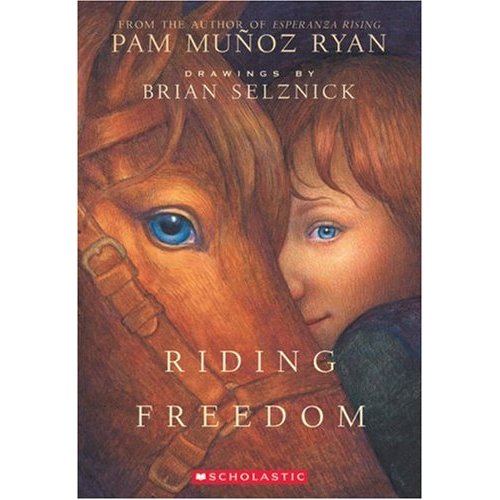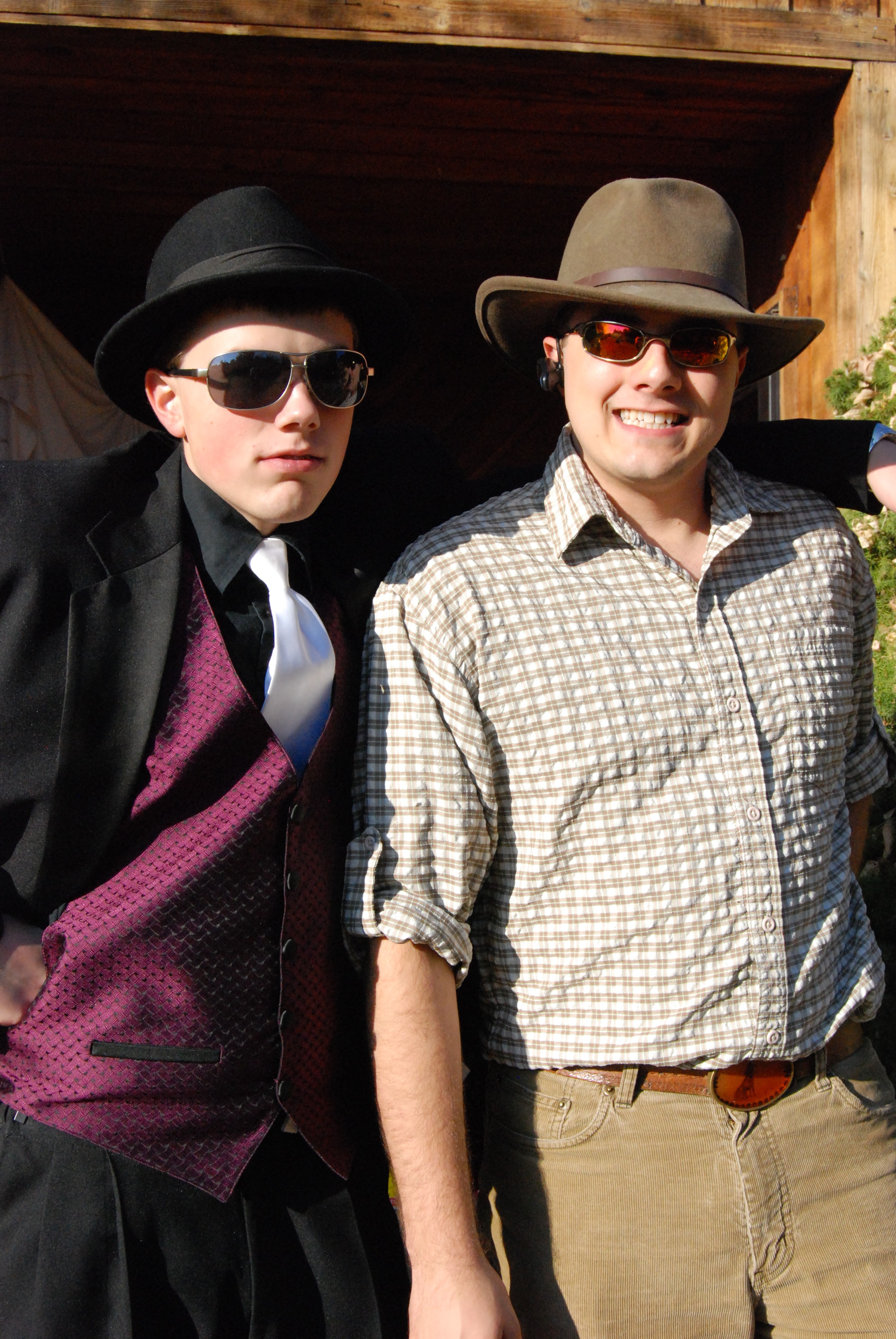It began to be my practice, some decade and a half ago—just about the time we started making enough money to actually buy some of the things we used to spend our “date nights” lingering over as we tolled the mall . . .
Hey. I’d almost forgotten that. Those date nights. Spending them for free at the village market place, strolling along the arcade, taking in the color and the wares and the natives. All for free.
We’d cruise DB and Waldon and look at books. Pick ‘em up. Read a paragraph. Put ‘em back again. Until, as I said, we actually started making a living. (I guess we could have cruised the library instead and actually taken something home—)
But as I started to explain, when I became landed gentry, I decided that I would first buy the paperback of something that looked promising (or take it out of the library – see Laura? You KNOW I did that too). And if I thought the story was significant—something to share with my kids, my grandkids—I’d invest in the hardback. I have a small but strong collection now of these hardbacks, just waiting for grandkids to grow up and come after them.
As the cleaning frenzy took hold a couple of weeks ago, and I was ruthlessly going through books, I happened on first the paperback of Riding Freedom—then, in another bookcase, the hard back. That gave me pause. It was a story I must have loved, then. But I didn’t remember anything about it.

So in the middle of learning PhP and the ensuing parse problems, and while I was coughing my little guts out, I sat down and read this book of Pam Munoz Ryan’s again. And now I am going to tell you why I keep both copies.
This is a children’s book.
I have to explain something at this point: writing for children is not a walk in the park – as writing poetry is not. You have to have sure control of your language, your syntax, the level of your vocabulary – but more than that, you are writing to minds that are fresh and open, who know when they’re being talked down to, and who can be very easily and permanently wounded. Your tone has to be perfect. You have to tell only enough – not too much, not too little. You have to be clear, but never, never obvious. And the great kids’ books mean something.
Ms. Ryan is an ace. The narration is straight forward, and through it, we discover a heroine who does what she needs to do, a person of that deep, pragmatic American spirit—outside of the box, outside of comfort, outside of safety. Ms. Ryan’s Charlotte has stuck in my mind, and offers me courage at this point in my life.
I am skirting around the plot. Of course, it involves horses. The human spirit and horses go together well. And it involves an evolving nation. And irony. And grit. Have I told you that I really love grit? Not gritty, as in tastefully done dirt. I mean fight and can-do and determination. Ms. Ryan’s plotting and pacing make this a good read, just enough tension. She is telling a fictionalized truth, as I found out at the end, built around what is known of the true life of Charley Parkhurst, an exceptional woman.
I will not tell you more. I want you to be able to follow the twists and turns and discover the final surprise as they are unfolded by the author. All I will say is that, though this is an aging book (yeah, mine are aging too), up for the California Young Reader’s medal in ’98, this is a book you need to read with your daughters and sons, to remind them of who we are, what we can do, and how it must be done. A tough story, but a tale of quiet triumph.
I wrote Ms. Ryan to thank her. Doubt she’ll get the post. But here I do it again, and am more than glad to recommend this piece of work to you and your families. Middle Grade.



12 Responses to Riding Freedom: a review